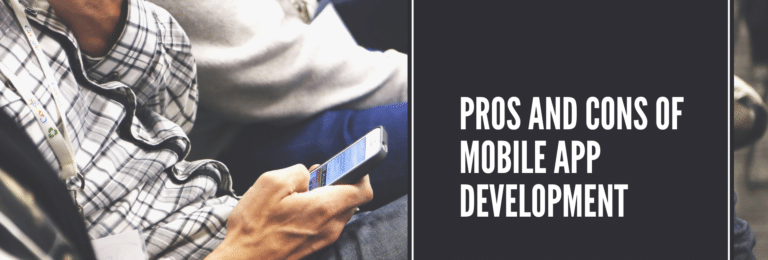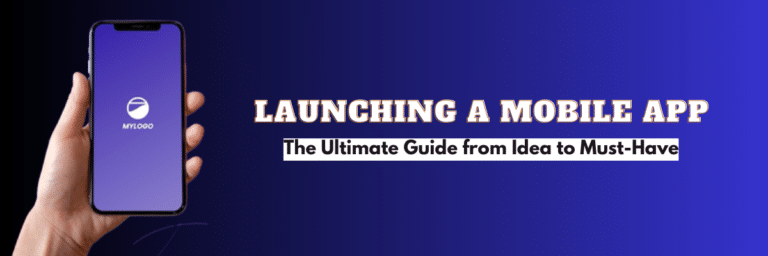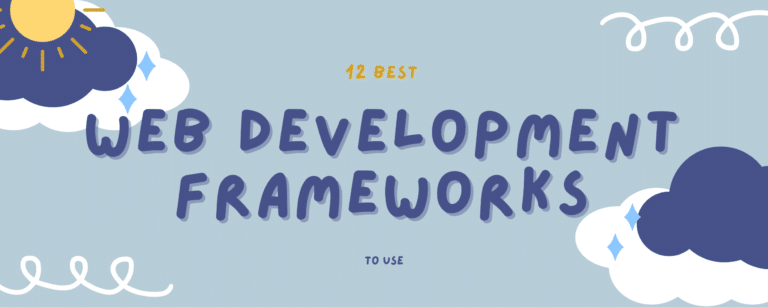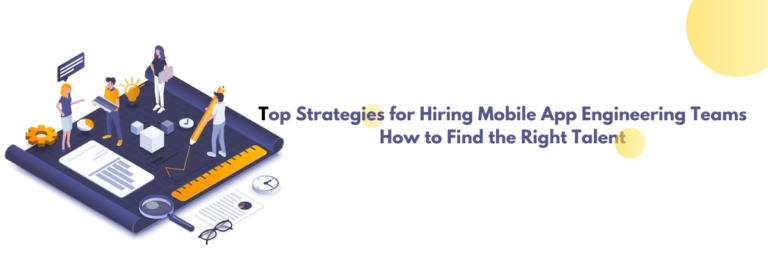GPT-4 Is Coming: A Look Into The Future Of AI
Artificial intelligence (AI) has rapidly evolved in recent years, making significant advancements in various industries.
GPT (Generative Pre-trained Transformer) large language model series is one of the latest models and most exciting developments in AI systems. With each iteration, it is pushing the boundaries of what is possible in natural language processing and deep learning.
As the release of GPT-4 approaches, there is growing anticipation for the next level of AI and the new capabilities it will bring. This article delves into what we can expect from GPT-4, its potential impact on the field of AI, and how it may shape the future of technology and society as a whole.
Table of Contents
- Advancements in AI: Exploring Self-Improving Models
- Can OpenAI Reach New Milestones With GPT-4?
- Using Visual Inputs in GPT-4
- Breaking Barriers: GPT-4’s Potential to Surpass Other AI Models
- Anticipated Concerns Surrounding the Release of GPT-4
- Conclusion
- Frequently Asked Questions
Advancements in AI: Exploring Self-Improving Models
Advancements in artificial intelligence have led to the creation of self-improving models, which can learn and improve independently.
These models use techniques such as reinforcement learning and unsupervised learning to refine their performance without the need for human intervention continuously.
Self-improving models have already demonstrated remarkable results in various applications, from speech recognition to image processing.
As these models become more sophisticated, they may have the potential to revolutionize industries such as healthcare, finance, and transportation by providing more accurate predictions, faster decision-making, and, ultimately, greater efficiency.
However, as with any new technology, it is important to carefully consider the ethical implications and potential consequences of the widespread implementation of machine learning models.
Can OpenAI Reach New Milestones With GPT-4?
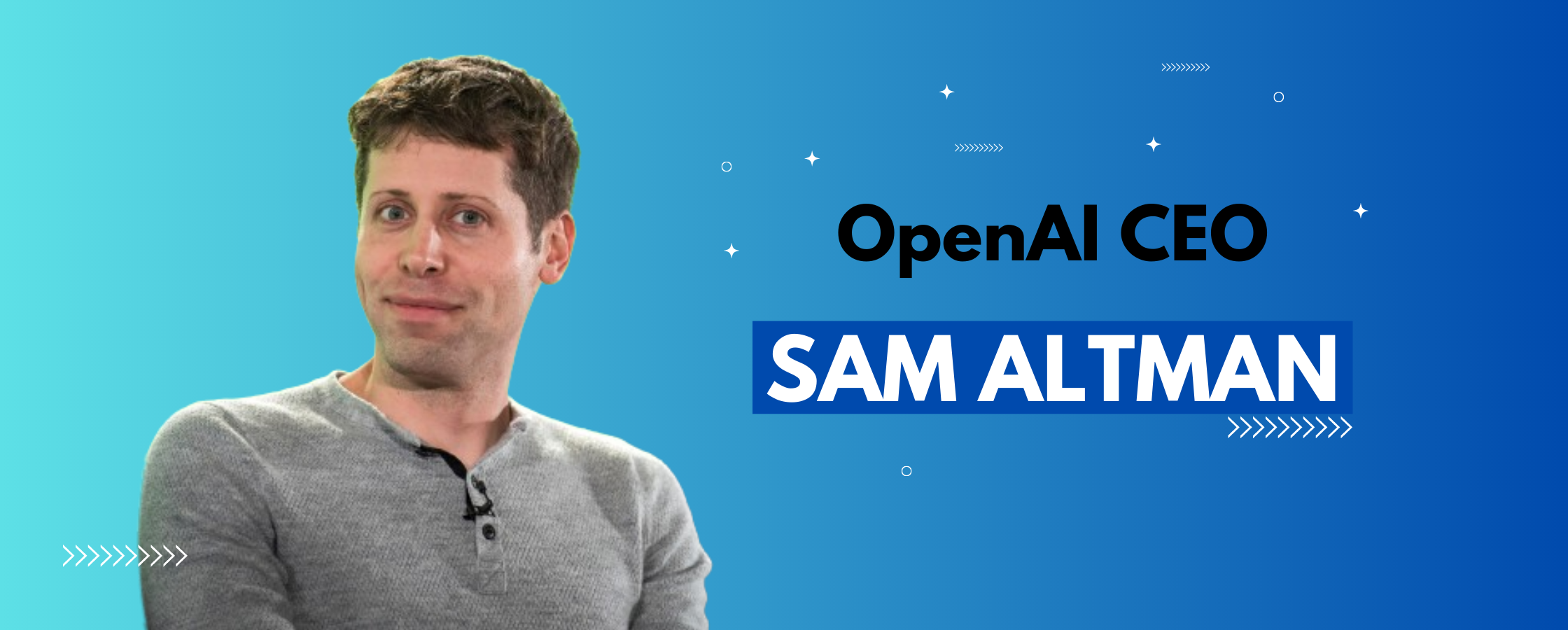
GPT-4 is an advanced system with a potential to surpass its predecessors in various ways. Hence, we can expect GPT-4 to be the most advanced language model to date.
Its ability to understand and generate human-like responses is one area where we can expect GPT-4 to excel over previous models.
OpenAI has been working on training the model to perform a wide range of tasks, including conversation, translation, and writing. With improved performance in these areas, GPT-4 has the potential to revolutionize the way humans interact with machines, making it easier to communicate and collaborate.
Another area where GPT-4 could reach new milestones is its ability to generate creative and original content. OpenAI has been working on training the model to generate human-like text, music, art, and even code. If successful, GPT-4 could open up new possibilities in the creative arts, allowing machines to collaborate with humans to generate text in unprecedented ways.
OpenAI CEO Sam Altman has also spoken about the potential for AI to help solve some of humanity’s most pressing issues, from climate change to healthcare.
Using Visual Inputs in GPT-4
While natural language processing models like GPT-3 have achieved impressive results in generating text, they cannot process visual information.
The integration of visual inputs in natural language processing is one of the most exciting and challenging areas of AI research. This model is a large multimodal model that can accept both image and text inputs and generate text outputs.
However, the upcoming release of the latest model is going to change this. We can expect GPT-4 to be the first GPT model to incorporate visual inputs other than text inputs in language tasks.
There has been significant improvement in the performance of the model in several areas after the integration of visual inputs in the current version of GPT-4.
For instance, further improvements in GPT-4’s ability to process visual inputs could enhance its capabilities in image and video captioning, providing more detailed and accurate descriptions of visual content.
This could have a significant impact on industries such as entertainment, e-commerce, and social media, where the ability to describe and analyze visual content accurately is crucial. Users can also specify any vision or language task by entering interspersed text and images.
Moreover, using visual inputs in GPT-4 could enable the model to generate more sophisticated and nuanced responses to human feedback.
By using a new language model incorporating visual cues, GPT-4 could better understand the context and meaning of the text and generate more human-like responses. This could lead to significant advancements in conversational AI, making it easier for machines to understand and respond to human communication.
Breaking Barriers: GPT-4’s Potential to Surpass Other AI Models
OpenAI’s effort has evaluated GPT-4 on traditional benchmarks designed for machine learning models, where it outperformed existing large language models and most state-of-the-art models that may include benchmark-specific crafting or additional training protocols. OpenAI stated in its blog post announcing GPT-4 that it is “more reliable, creative, and able to handle much more nuanced instructions than GPT-3.5.”
OpenAI tested GPT-4’s capability in other languages by translating the MMLU benchmark, a suite of 14,000 multiple-choice problems spanning 57 subjects, into various languages using Azure Translate. In 24 out of 26 languages tested, GPT-4 outperformed the English-language performance of GPT-3.5 and other large language models.
We can expect GPT-4 to excel is in its ability to understand and generate more complex language structures. GPT-3, the previous iteration of the GPT series, was already able to generate human-like responses, but GPT-4 is expected to take this to the next level.
Automated Evaluation
OpenAI has open-sourced OpenAI Evals, a framework for automated evaluation of AI model performance, to allow anyone to report shortcomings in their models and guide further improvements.
More Sophisticated Responses
With more advanced training data and improved algorithms, GPT-4 has the potential to generate more nuanced and sophisticated responses, making it easier to communicate and collaborate with machines.
Increased Capacity
Another area where GPT-4 could break barriers is in its ability to process larger amounts of data. GPT-3 was already a massive model, with 175 billion parameters, but we are expecting GPT-4 to be even bigger. With more parameters, GPT-4 will be able to process more data, leading to improved performance in various tasks.
Improved Creativity
GPT-4 is also more creative and collaborative than ever before. It can generate, edit, and iterate with users on creative and technical writing tasks, such as composing songs, writing screenplays, or learning a user’s writing style.
However, some challenges come with developing such a complex model. One challenge is the need for more powerful hardware to train and run the model. We are expecting GPT-4 to require even more powerful processors and larger memory capacity, making it more difficult and expensive to make the AI model run.
Anticipated Concerns Surrounding the Release of GPT-4
While GPT-4 promises to be a powerful tool for AI research and development, concerns surrounding its release are beginning to emerge. One area of concern is the potential impact of GPT-4 on the use and regulation of dangerous chemicals. With the ability to analyze vast amounts of data and generate accurate predictions, GPT-4 may be used to identify previously unknown hazards associated with chemicals in the environment or consumer products. However, there is also the possibility that people can use GPT-4 to create new, more dangerous chemicals by analyzing and combining existing chemical structures. As with any advanced technology, careful consideration and regulation will be necessary to minimize potential risks and ensure that the benefits of GPT-4 are realized without negative consequences.
Conclusion
The release of GPT-4 marks a significant milestone in the field of artificial intelligence, particularly in natural language processing. With its advanced training and improved algorithms, GPT-4 has the potential to break barriers to human-level performance and set new performance records in various tasks. Its integration of visual inputs from existing large language models also offers new possibilities for AI to interact with the world around us.
However, the development and use of an advanced artificial general intelligence system in GPT-4, like any technology, come with ethical and social responsibility. It is crucial to ensure that the development of AI is guided by principles of safety, fairness, and transparency to prevent potential negative impacts.
As we continue to explore the possibilities of GPT-4 and AI, it is important to keep in mind the importance of responsible development and the use of this technology. GPT-4 offers a glimpse into the future of AI and how it can transform how we interact with machines, but it is up to us to ensure that this transformation is positive and beneficial for all.
Frequently Asked Questions
Can I use ChatGPT 4 for free?
The citation says the AI library can be used by everyone for free, but some are subject to usage limits or require payment to access additional features, specific data, and resources.
Will GPT-4 be multimodal?
GPT-4 has an underlying multimodal design, which can be used in the text as well as in images. Although it cannot output images, it has image input capability that will process and react to the input.
How can I get access to GPT-4?
GPT4 has text capabilities that you can access through any web browser. When OpenAI releases GPT-4, it will likely be initially available to researchers, developers, and organizations through partnerships and collaborations with OpenAI.
What is the difference between GPT-3 and GPT-4?
The GPT-3 and earlier GPT models up-3.5 models only supported an input in the format of text or code, but GPT4 accepts additional inputs like pictures. The system produces text outputs using inputs such as text or image inputs. This implies that GPT-4 is more likely to offer better results with the given inputs.
What are some potential applications of GPT-4?
GPT-4 has the potential to revolutionize natural language processing in various fields. Some potential applications include improving chatbots and virtual assistants, creating more accurate language translation systems, enhancing content generation for marketing and journalism, and assisting with medical diagnoses through the natural language processing of patient data. It could also be used for personalized education and training and further advancements in creative writing and storytelling.

